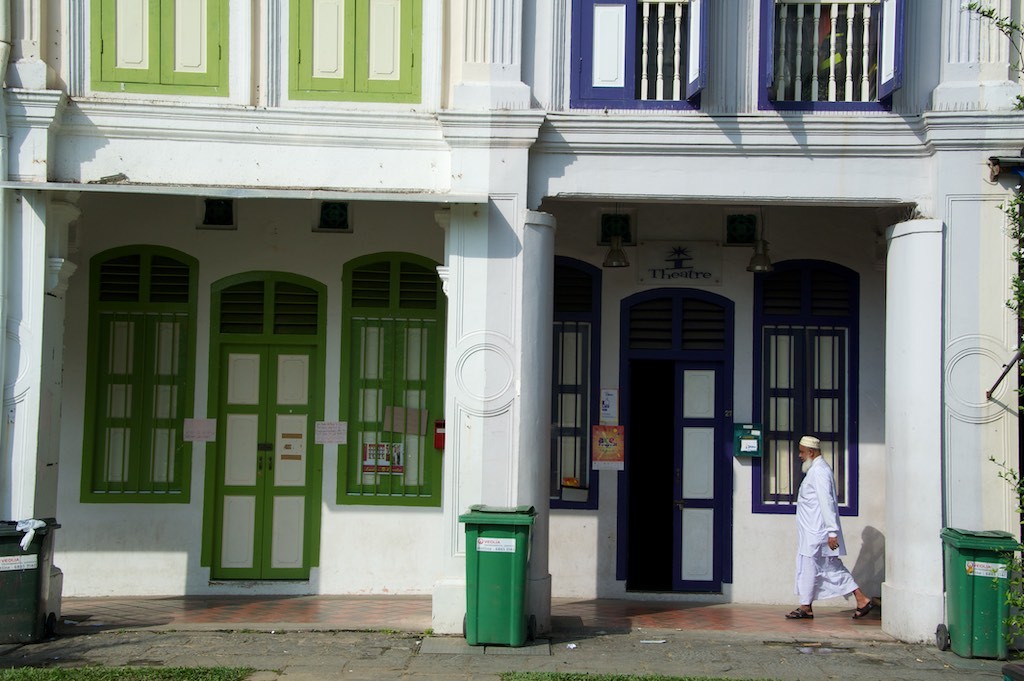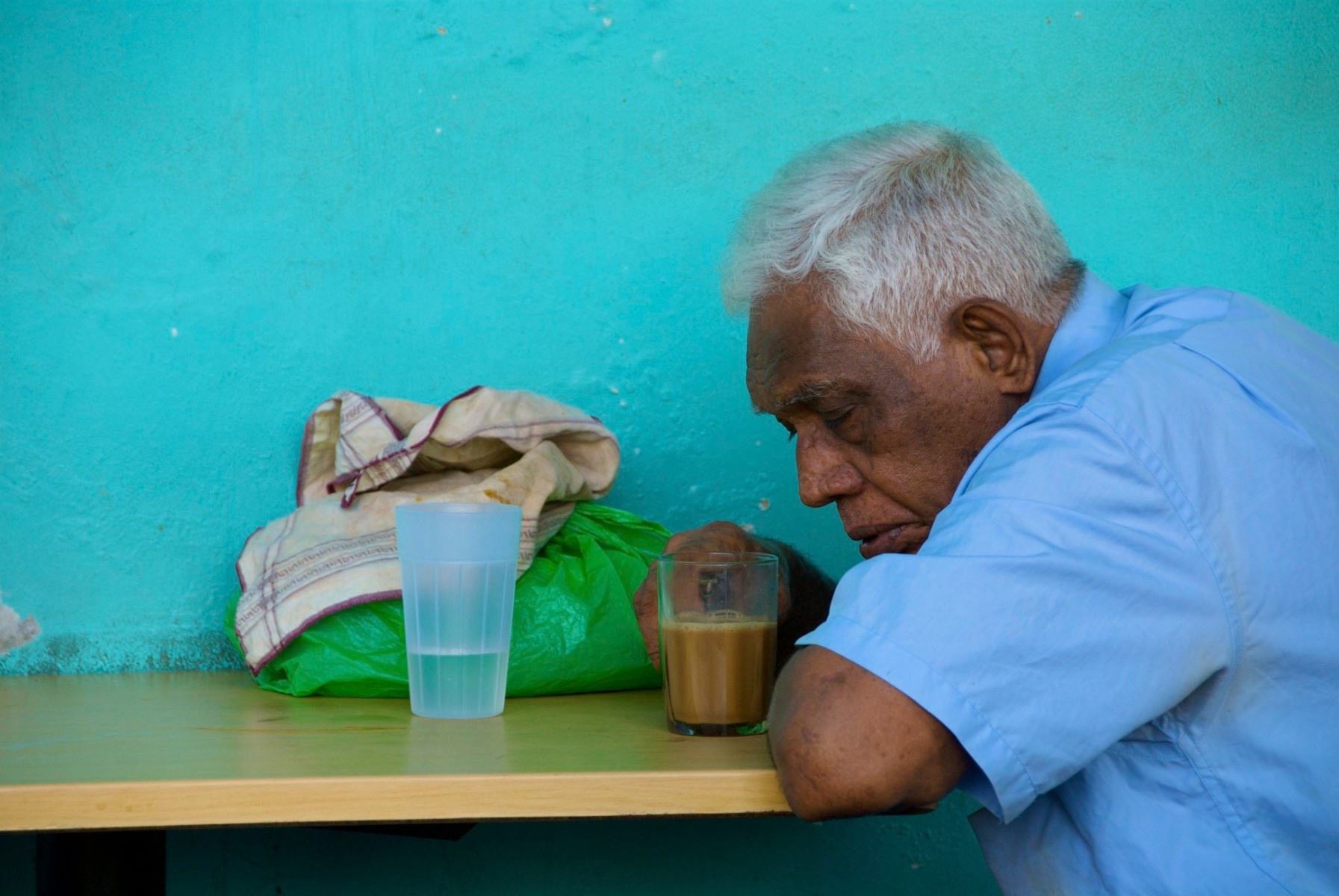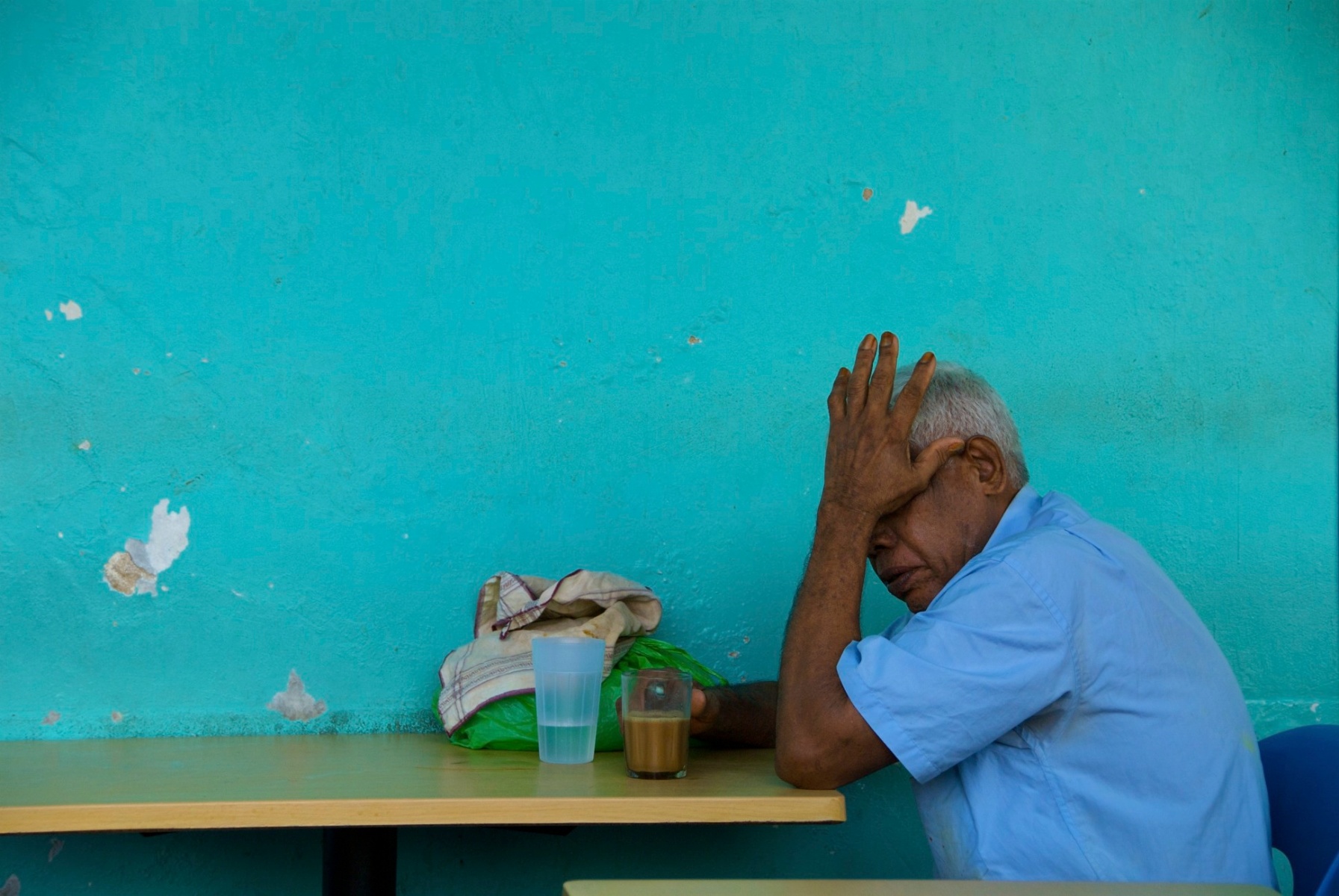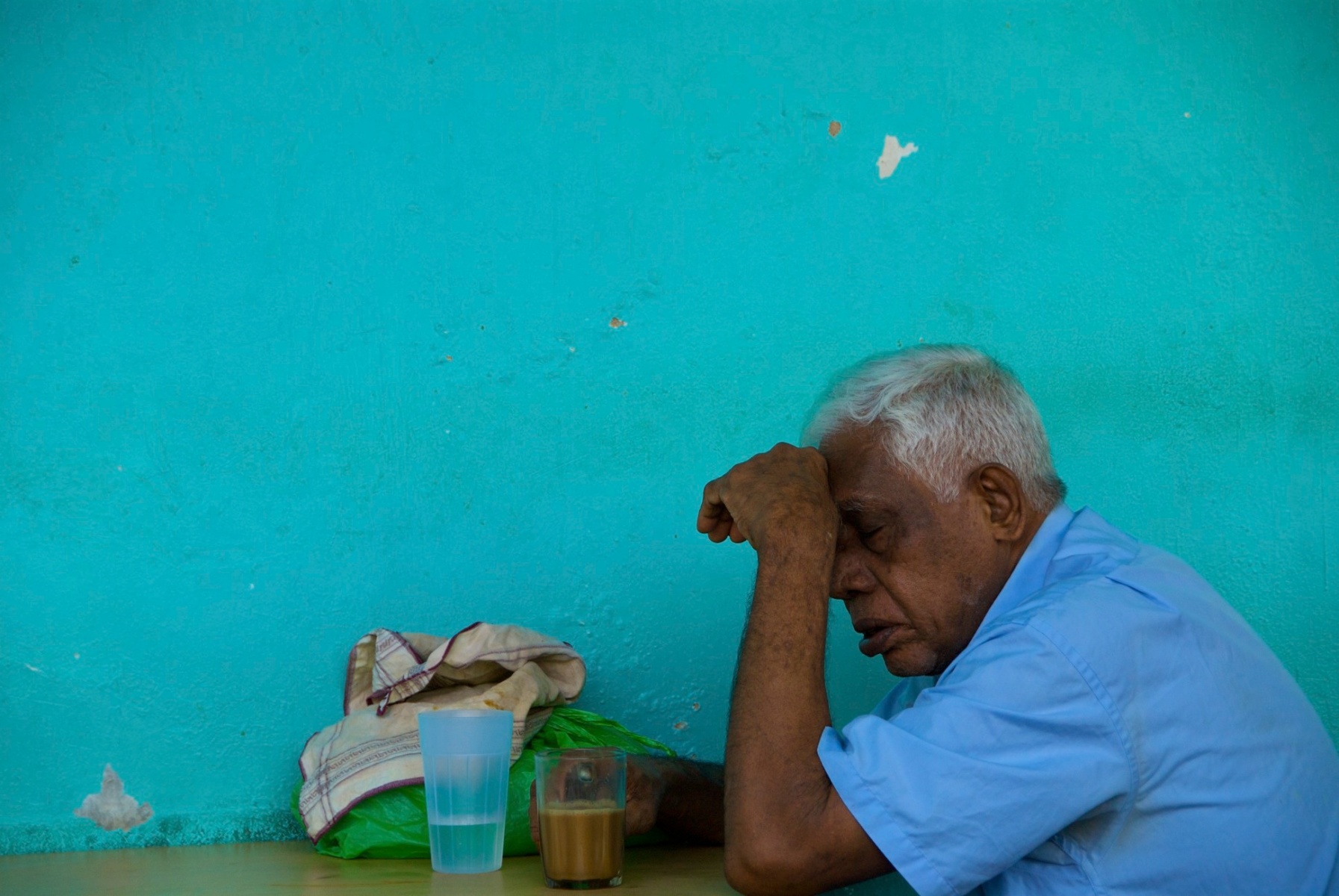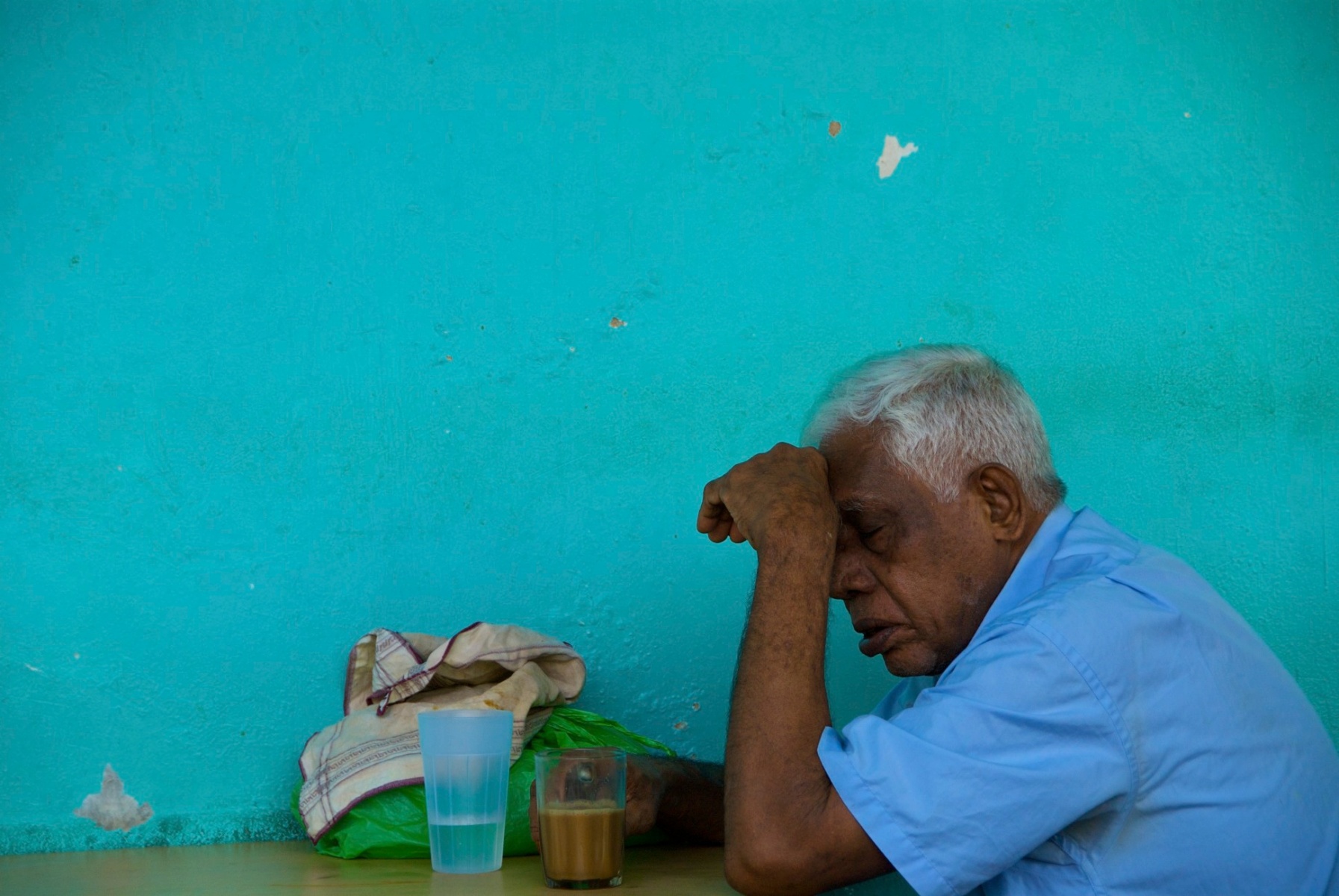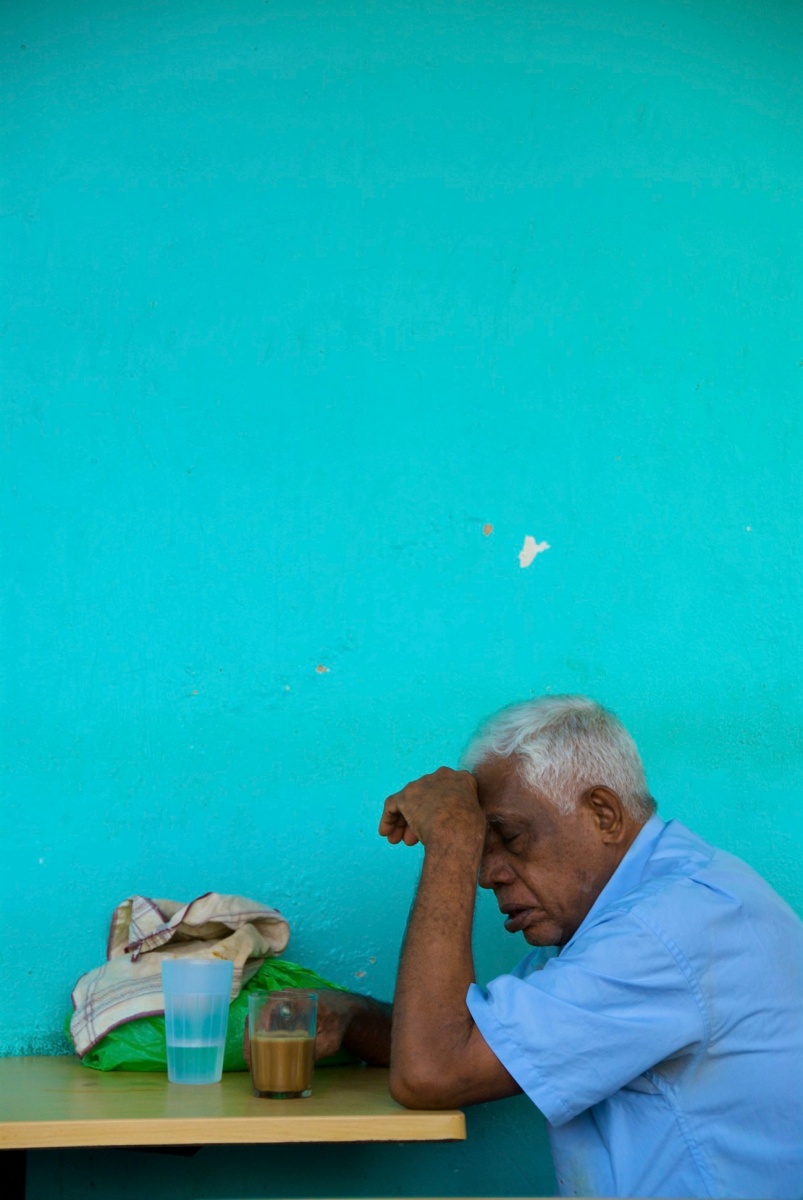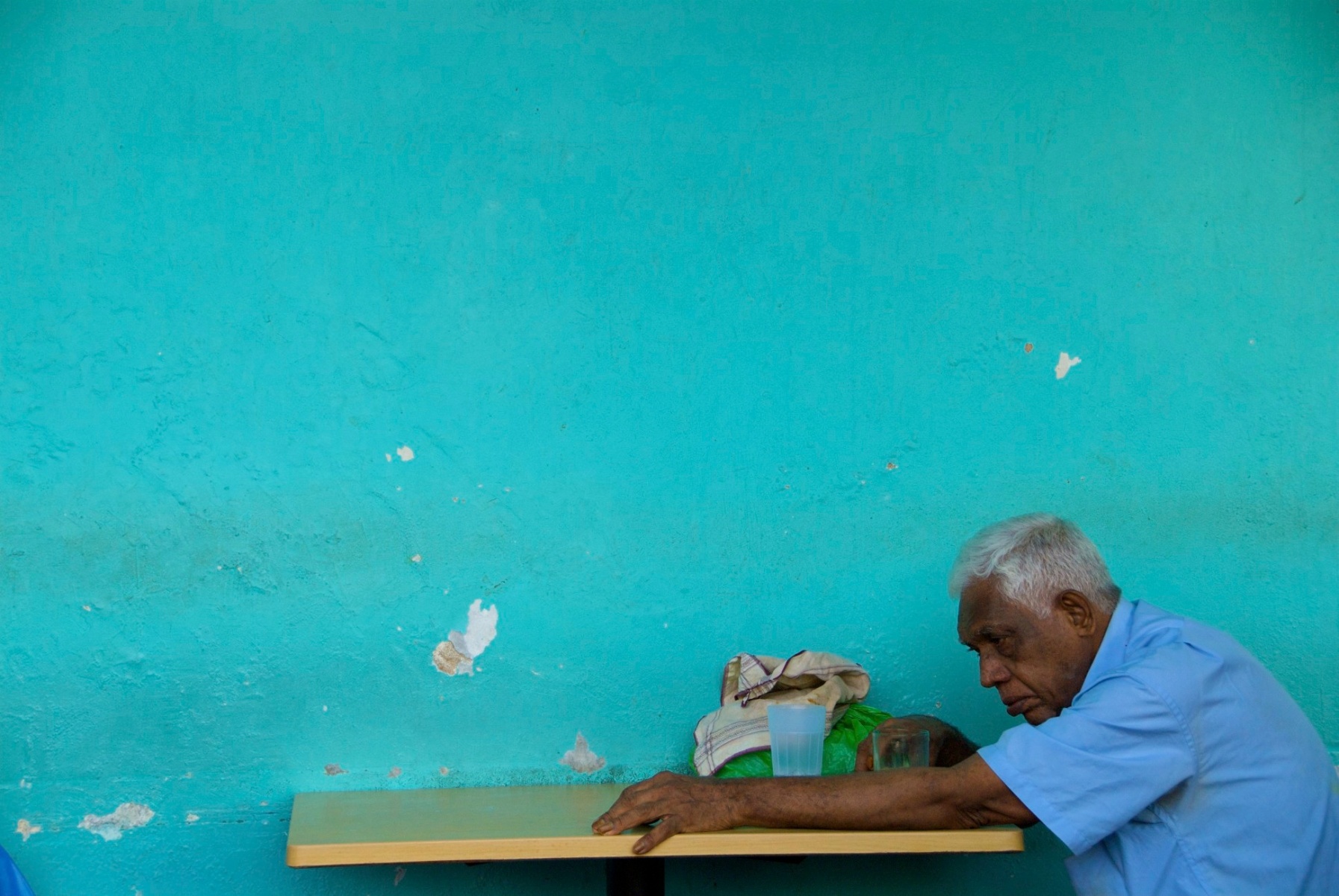Find a Great Background First
One of my favourite things to do is find a background which I like and wait for a subject to come into the foreground. This approach gives me some time to position myself where I want to be with the lens I plan to use and even allows me the chance to take a test shot and make sure everything is exposed correctly.
Finding a background
My patience is almost always rewarded and some of my best images have come from using this method of capturing images. The image of a praying monk was captured this way. I found a row of statues and set up and thought to myself, “It would be great if someone would come into the foreground of this scene and provide a focal point for my image. I captured a couple of test shots and waited for less than five minutes before a monk came along and kneeled down to pray.

When I am capturing images of my children, I will often find a great background and put them in front of the background and let them play or talk to them while I capture images. This gives me much more natural images.
When you find a subject with a great background, take advantage by capturing a number of images. This man falling asleep over his morning coffee had a beautiful background so I quickly captured a number of images.
Workshop: Backgrounds
For this workshop, go and find a great background and look for a subject for the foreground. A wall that is a beautiful colour is a great starting point. You might want to wait for something to pass by or you might find something interesting that is already part of the scene. Patience is very important and is often rewarded.
What you need:
You can use your mobile device or your camera and a lens. (A telephoto lens is easier to isolate your subject.)
Remember:
Find a background and look for something to put in the foreground.
You may need to be patient and wait for something to go past your chosen background.
It is much easier to isolate a subject with a longer focal length lens. Move left or right up or down to change your perspective.
